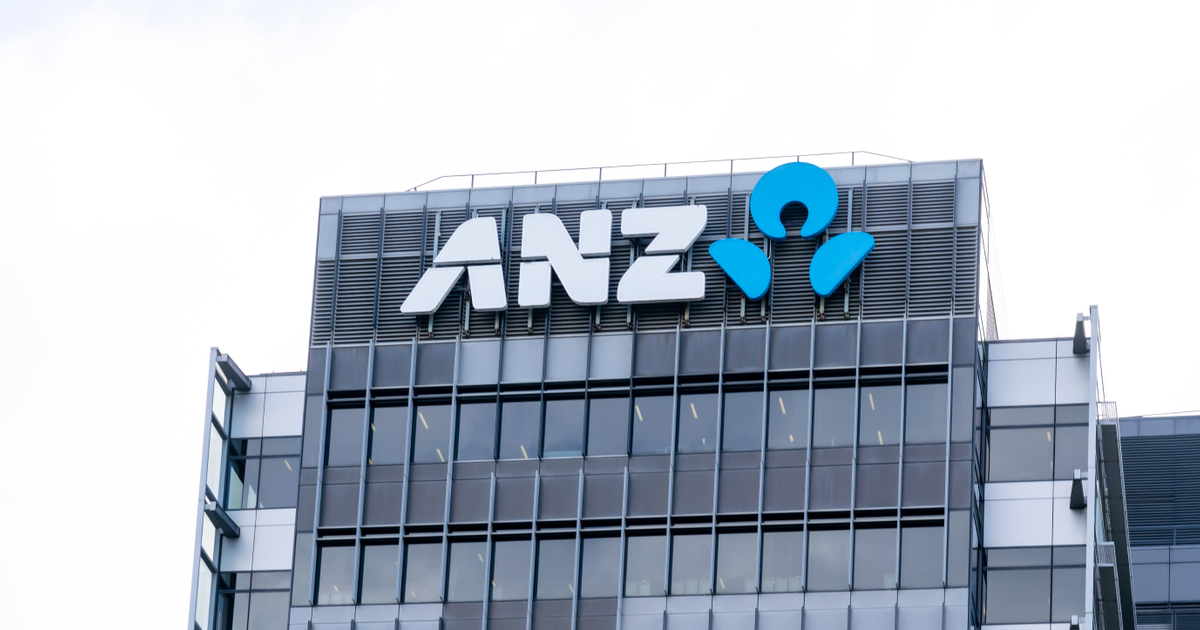How TikTok is revamping its ad business ahead of Apple's new privacy rules
Video app will be leaning more on data collected within its walls to get a personalized picture of consumers.

TikTok is racing to evolve its advertising business ahead of Apple’s new privacy controls, which are expected to drop in a matter of weeks when the iPhone maker issues its next iOS 14 software update.
Apple's new rules will essentially make it more difficult for apps and advertisers to track consumers across the web, deliver targeted and retargeted ads, find new customers and measure ad performance. Naturally, brands are concerned about what it means for their businesses and their ability to conduct meaningful online ad campaigns.
In response to the changes, TikTok is beefing up its internal consumer-tracking powers and developing new tools. Advertisers say that the Chinese-owned social video app has been testing new methods of gathering data, including building a more powerful pixel for marketers. Pixels are digital codes that marketers put on their websites and apps to record consumer activity, such as when a user clicks on a product image or makes a purchase. Facebook, Snapchat and TikTok all have pixels that take data collected on a marketer’s website and turn it into personalized advertising on the social media platforms.
“[TikTok has] a beta test out right now that allows their pixel to be a little bit more dynamic and do some advanced matching,” says Danisha Lomax, VP and group director of paid social at Digitas. “Matching” is the process of taking data from a pixel and applying it to retarget a consumer on an app like TikTok. Matching is successful when a brand has an email address or other identifier that can be linked to a signed-in user on another app.
Consumer consent
Pixels will still be mostly operational under Apple’s upcoming privacy changes, because they collect “first-party” data—that is, data picked up directly by the brand—and consumers theoretically consent to its use when they click on a privacy notice on a website or app. However, what will change is the number of consumers eligible for matching with personalized ads, because that depends on whether the consumer consents to such ads on apps like TikTok, Snapchat or Facebook.
Last week, TikTok started giving advertisers and consumers more guidance about how advertising will change. TikTok said it would auto-enroll users into personalized ads based on their activity while they are on the app. But TikTok users will still have the option to prohibit advertisers from targeting them on the app based on data collected from TikTok.
The users that opt-out of data gleaned off-site will make even an enhanced pixel less powerful.
The change is a subtle one, but it represents a broader shift in how brands will advertise across social once Apple’s privacy rules are in effect. Social media sites—TikTok, Snapchat, Facebook, Pinterest, Twitter and others—will rely more heavily on building profiles of users within their walls that could help fill out the picture of who they are as consumers and hopefully still enable effective ad campaigns.
For brands, they will need to re-evaluate how the analyze data from the platforms and what data they prioritize in arranging ad campaigns, Lomax says. Brands are starting to develop these strategies to be ready for the new generation of internet advertising, where the old methods of one-to-one consumer tracking are clouded.
New strategies
On TikTok, that means that brands will need to think more about how ads perform directly on the app, and not rely on being able to identify a consumer off of the app. These are priorities that will apply to almost all social media. In a world where the consumer is invisible after they interact with an ad and leave an app, advertisers need new ways to view that customer’s interaction on the app itself.
Analyzing who viewed an ad and for how long, and building ad profiles based on that consumption, will be key to finding “lookalike” consumers, too. Lookalikes are potential new customers who display similar online behavior to existing customers, making them lucrative targets for brands. Identifying “lookalikes” will be one of the harder tasks under Apple’s rules.
“We’re asking brands to think more broadly about who they think their consumer is,” Lomax says. “So they’re casting a wider net to get people interested.”
Last month, TikTok issued an in-depth blog post for advertisers in which it stressed the importance of first-party data going forward. Part of that first-party data story includes gleaning as much as TikTok can from how consumers are spending time on the app—what videos do they watch, for how long, what interests them, what ads did they see. Brands will have to become more embedded in the app, using it to prospect for new customers while inside its walls, rather than relying on data collected outside TikTok and applying that to find shoppers there later. It’s a lesson that will apply to all social media going forward.
“Our team continues to evaluate the development of first-party solutions and a data strategy that supports our advertisers' needs,” TikTok said in its notice to marketers. “We're taking a number of steps towards our commitment to a privacy-first approach for our community and work closely with the industry.”
TikTok’s pronouncement was similar to ones already issued by Facebook, Snapchat, Twitter, Google and others, as they all look to inform marketers about the Apple disruption. Apple has taken the most hard-line stance against the ad-tracking industry by prioritizing consumer consent to allow activities to be monitored online, and for using that activity to tailor services and brands. Apple is expected to include its new privacy prompts in the next iteration of its iPhone software, and consumers will see more notices from all their apps asking permission to track them and outlining the benefits of personalization.
Meanwhile, Google is taking similar steps that will alter marketing through its ad platform, and privacy rules could affect Google Android phones like they have iPhones, too.
Facebook has been the most vocal proponent lobbying for the industry to preserve tracking for the benefit of customizing the internet. Facebook’s $85 billion ad business depends on how effective it is at targeting ads and proving that those ads generated results for its 10 million-plus advertisers.
Facebook could be the one most affected by Apple’s new policies, says George Manas, president and chief media officer at OMD U.S. But all the platforms have to adapt. In some ways, though, Apple’s strictness on privacy could benefit apps like TikTok, because marketers might be more open to spend money in places outside Facebook. Apple is somewhat leveling the playing field.
“Let’s be straight about this, Facebook is a precision marketing platform and that’s one of the reasons why it’s been so powerful for advertisers, because of the granularity of targeting opportunities its provides them,” Manas says. “With some of that now challenged with these iOS changes, the kind of key word within the client community is ‘diversification.’”

 KickT
KickT 

























.jpg&h=630&w=1200&q=100&v=6e07dc5773&c=1)



.jpg&h=630&w=1200&q=100&v=6e07dc5773&c=1)

